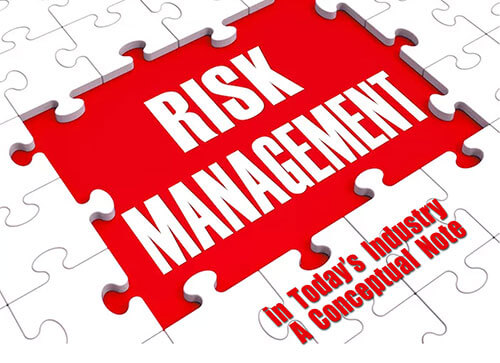Risk Management

Risk is inherent to every business and is a two-sided coin with “threat” on one side and “opportunity” on another. Risk assumes greater significance in context of microfinance, in absence of traditional risk mitigation mechanisms like collaterals and exposure to highly vulnerable client base. This makes Risk management (RM) an integral part of a financial institution’s strategic decision-making process and ensures that its corporate objectives are consistent with an appropriate risk return trade-off.
Risk Management lays out the general framework for identifying, assessing, mitigating and monitoring risk in the MFI as a whole. Risk events are prioritized based on the probability of frequency and impact of occurrence and accordingly an MFI allocates its resources to manage these risk events. MFI may further accept risk exposures up to a specified level and beyond that must take further corrective action.
Business model for Microfinance Institutions broadly inherits 4 types of risks: Operational Risk, Credit Risk, Financial Risk and External Risk. With other types of risks being managed on institutional level through technological interventions like Credit Bureau Checks, cash-less disbursements and payments, Geographic Information systems for strong monitoring, Branch Software for efficient data management, Tab technology for business sourcing, external risks have emerged to be the biggest threat to industry. Be it the Andhra Crisis or the impact of Demonetization, external factors of politics have had been a major threat. MFI industry which have had managed PAR% of less than 1% before Demonetization suddenly witnessed PAR% of 9% owing to political instigation. This puts emphasis on substantial change in regulatory support and strengthened Self-Regulatory Organizations.
Further rapid growth in industry over few years have led to portfolio concentration in certain geographies. This concentration of portfolio in limited geographies have posed threat of political interference over time. Also new market, new product introductions, and major organisational and structural changes like several major MFIs converting into Small Finance Banks, trigger for proactive risk management in MFI industry.
Posted in Uncategorized

